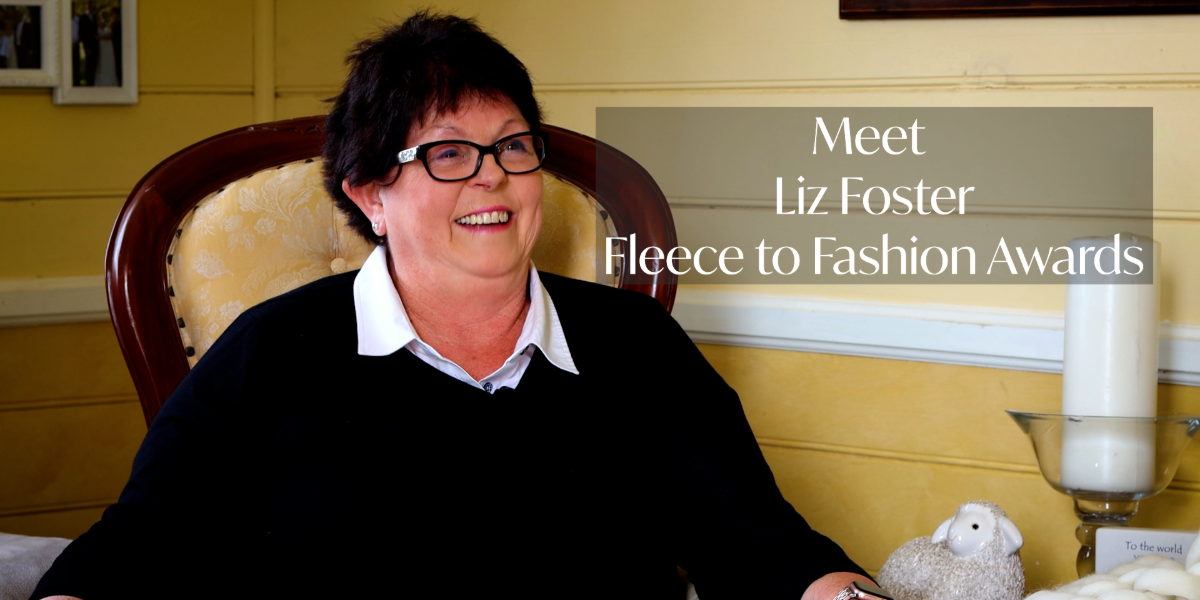When was the last time you heard anyone use the expression “Australia is riding on the sheep’s back”? It’s been a while, right?
Last year, Australia exported around 330,000 tonnes of wool. That’s $3.2 billion worth of the sheep fibre. It sounds like a rather healthy business, but the tonnage and the dollars belie the true nature of the business. The 2022/23 price is $74 million less than the previous year for the same amount of wool. That is a warning sign.
Liz Foster is synonymous with New England wool and the Fleece to Fashion Awards. She is definitely a “glass half full” woman, with a keen eye on the future, but pragmatic about that future. Her 41-year history with the awards and her passion for wool is known and respected, not only in the New England, but wherever wool is used around the world. So, when Liz says the wool industry is struggling, we need to listen.
Wool producers are leaving the game because the cost to get the wool off the back of the sheep has become a labour of love. It’s a murky field when you are trying to calculate how much it costs to shear a sheep, so these numbers are based on average and general costs. So not to bore you with the maths, it costs around $12.50 to shear each sheep, the fleece of which is sold for about $14, making the farmer about $1.50. Add in the costs of feeding, watering, tagging and so on, it costs more for the farmer to take the wool off the sheep’s back than he or she makes.
Liz Foster says wool growing “is not paying its way”. The older farmers are slowing getting out of the wool growing business, and Liz says “the younger generation are looking at it thinking, there are easier ways to make money. We will go with crossbreds, meat, cattle…it’s sad, but it’s a fact of life”.
Against the background of growing costs and a bleak future for wool growers, Liz and her family continue to produce superfine merino wool for the export market because she says, “it is a passion”.
Passion for fashion
That same passion in Liz is her drive for fashion. Wool and high fashion go hand in glove. Australian superfine wool is exported in its raw, untouched state to China (83%), India (4%), Italy (3%) and the Czech Republic (3%). China processes Australian wool and produces a myriad of textiles, while the Italians continue to use our premium superfine merino wool to produce some of the world’s finest garments. They have been using Australian superfine wool for over 150 years, because of its quality. Because of that Australian/Italian connection, there comes an opportunity for young Australian designers.
To wit, at this year’s Fleece to Fashion Awards in November in Armidale, the winning designer, a student from one of Australia’s fashion schools will win an immersion into one of Italy’s exclusive fashion houses.
This year’s Fleece to Fashion awards will take an interesting turn. The theme to this year’s awards is about recycling and sustainability, taking the old and turning it into the new. Liz adds that “There is more to the awards than fashion. [We’ll be] using local girls and guys as our models…”.
The following day Liz is presenting the school section of the awards in the Armidale mall “so people can see what the students have done”.
The wool industry is in a state of change and in dire need of a new path. This is reflected in the high end of fashion. The up-and-coming designers are looking at the old, and reworking it, and making it sustainable. These young designers are looking at different, innovative ways to use wool to produce garments, and the Fleece to Fashion Awards are giving an opportunity to inspired, young creative minds to shine.
The wool growing industry however is still looking at some serious hurdles. Liz Foster says of those hurdles “There always have been, and there always will be”.
Watch the full interview with Liz Foster on New England Today.
The Fleece to Fashion Awards are on 16 November in the main pavilion at the Armidale showground.
Something going on in your part of the New England people should know about? Let us know by emailing newsdesk@netimes.com.au


